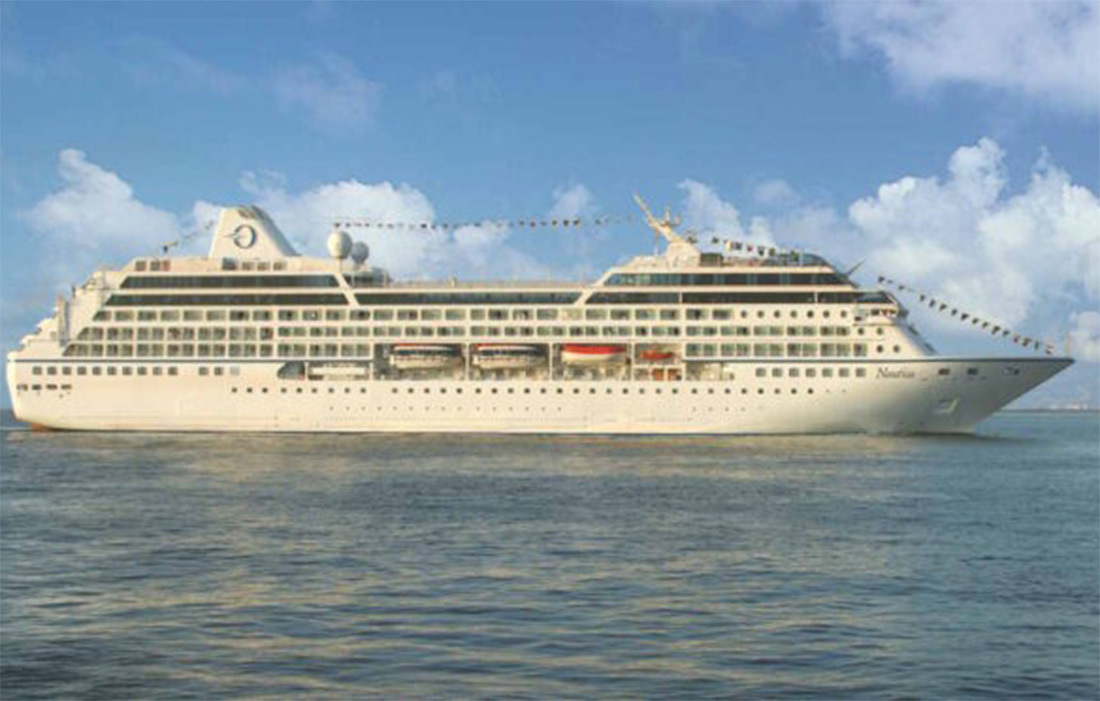All eyes on Singita’s epic safari lodge offering
Our eyes meet and our gaze locks. Both of us are equally entranced and intrigued by one another. At least, I hope it’s reciprocal. His pale green, glass-like eyes follow my every move as I reach for my camera, desperate to capture the moment. I’m sitting in a Land Rover, just two metres away from a three year-old male leopard, which is evading the intense midday sun by sheltering under a tree by a watering hole.
The leopard’s stomach appears to expand as he breathes in and out. Perhaps it’s full after a successful night on the prowl. In a sleepy slumber, he stretches out his limbs, showing off his pristine spotted coat and large paws. Yet whereas he reclines lethargically for a snooze, I’ve never felt more awake, as adrenaline pumps around my body. I’ve long forgotten the 4am wake-up call.
We hear a sudden splash from the watering hole. Our leopard friend remains motionless, indifferent to the noise. A hefty hippo lifts its body from the water for a dramatically long-lasting yawn. He eventually sinks back into the water, covering his sensitive skin from the sun, but continues to grunt like a moaning teenager woken early on a weekend.
Life in the bush returns to calm, but things can, and do, change quickly. Our guide, Marc, spots the leopard’s ears twitching, and within seconds the big cat is up on all fours ready to pounce. What has disturbed his afternoon rest A mischievous giggling hyena has pitched up by the watering hole. The leopard springs into action and chases his rival into the bush. They disappear from sight in a flash.
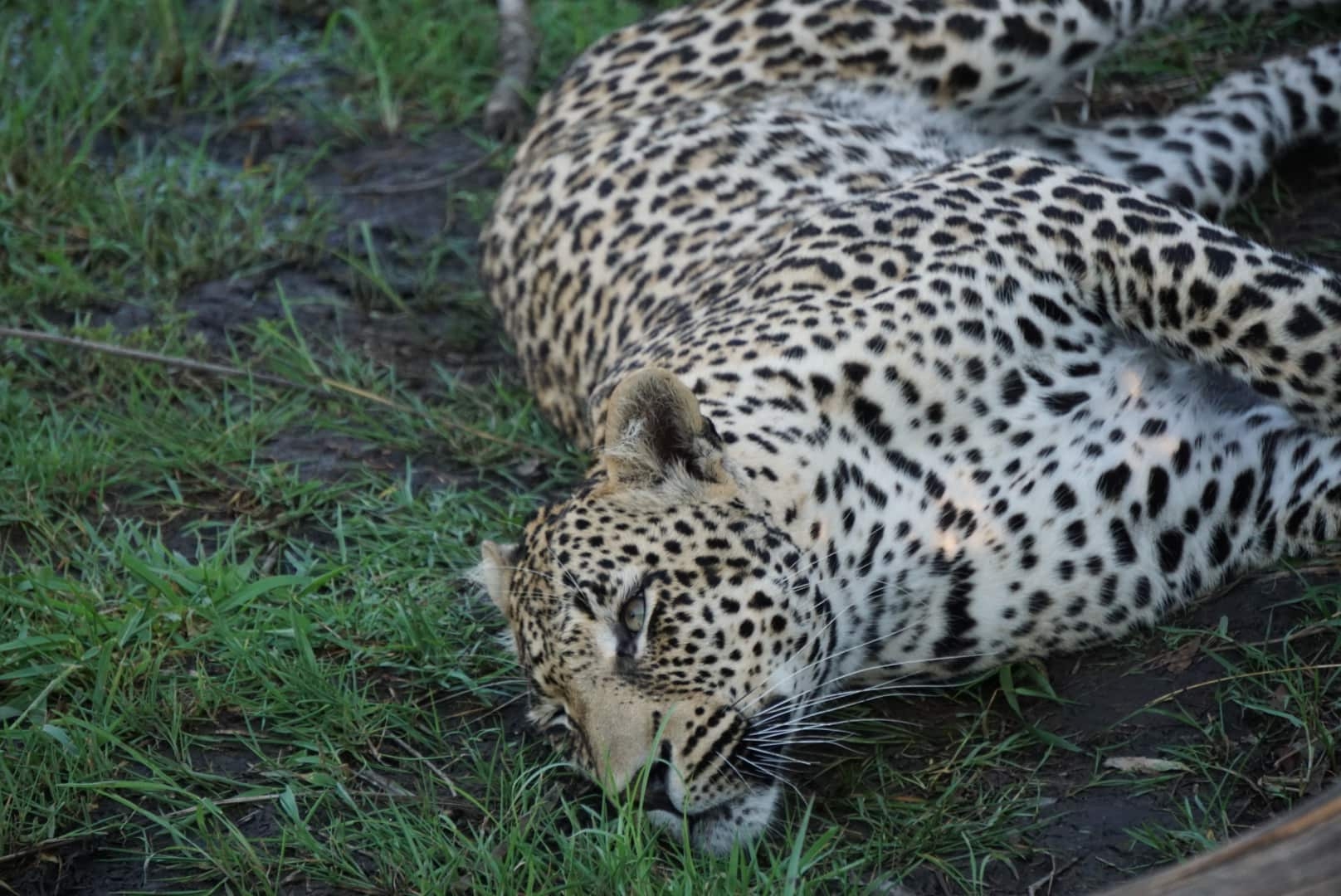
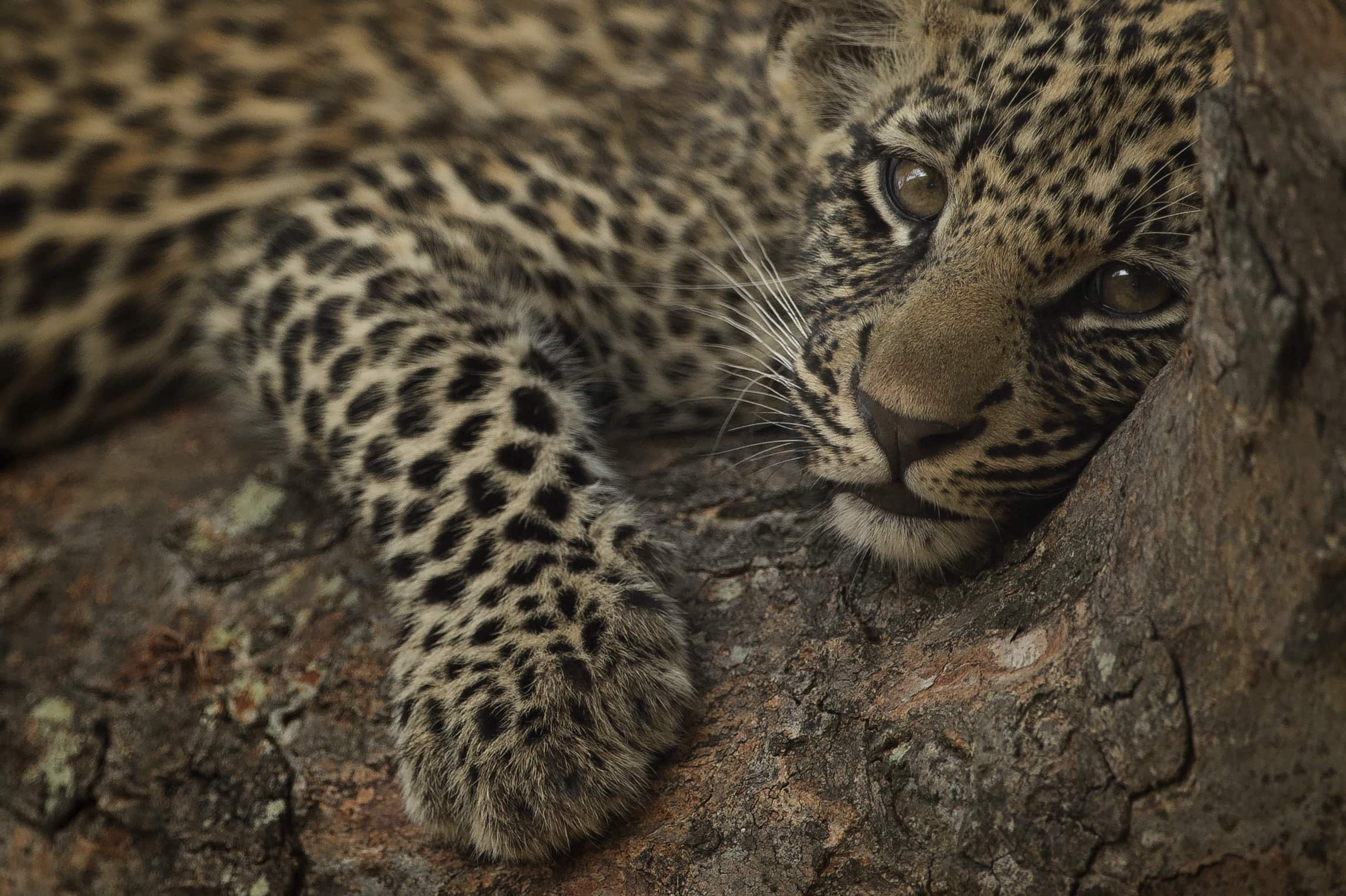
Spotting leopards
I’m roaming around Singita’s private game reserve in Sabi Sand. Leopard sightings aren’t unusual here. This part of South Africa is one of the most densely populated in the world when it comes to these beautiful cats.
During my two-night stay, I’m lucky enough to have eight leopard encounters. On one sighting, we spot a female perched proudly on the branch of an acacia tree. She sits poised and alert, assessing the dusty plains and on the lookout for any sudden movement.
But on this occasion she’s not hunting for her next meal. Instead, she’s protecting her young cub, who is sitting at the foot of the tree feasting on a baby impala.
We hear the five-month-old’s tiny roar as he finishes devouring the leftovers of his mother’s kill. Our guide tells us the victim is likely to have been born just hours earlier. An impala’s odds of surviving its first day in the bush are low. Here is the circle of life, right in front of my eyes.
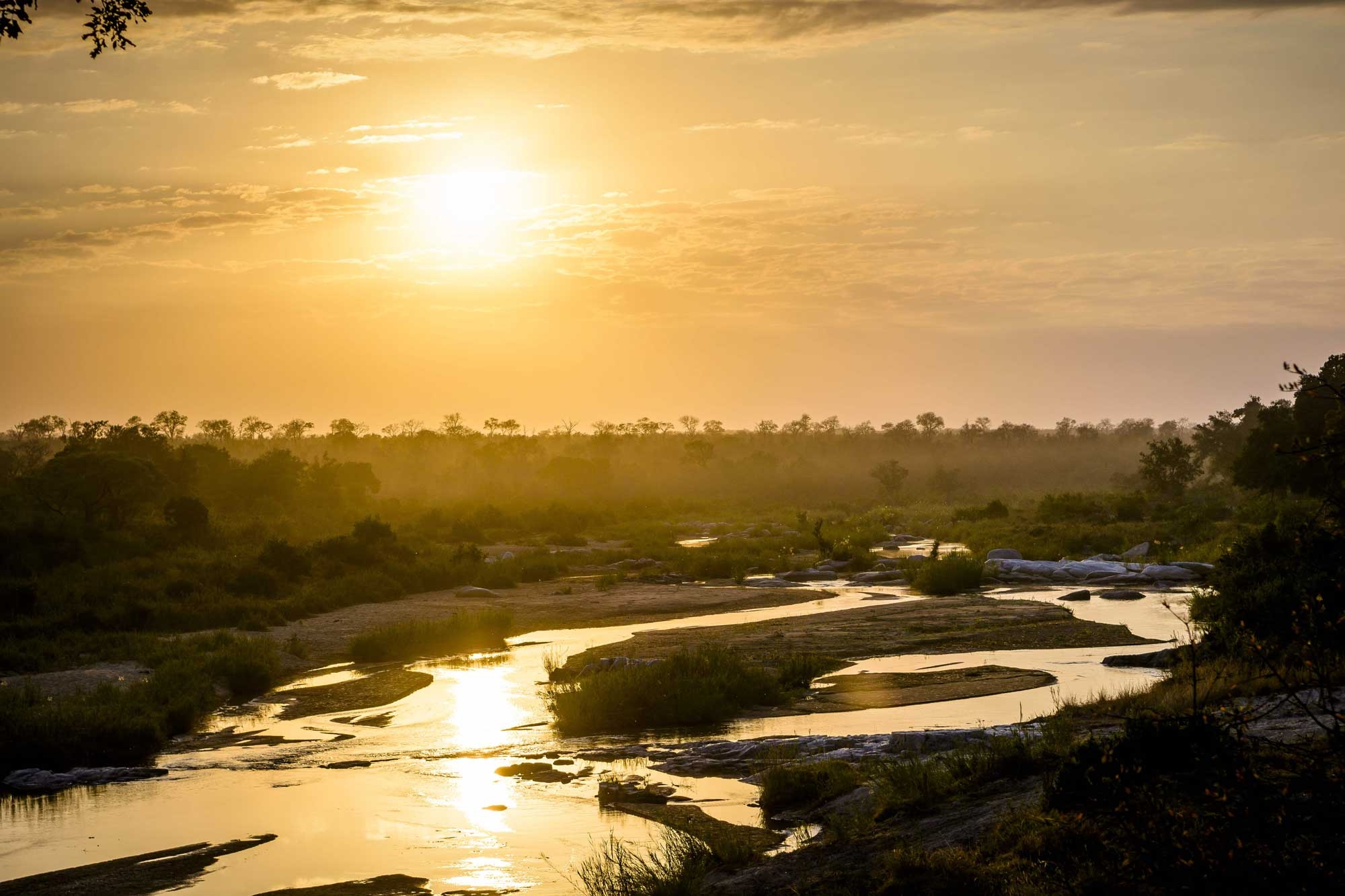
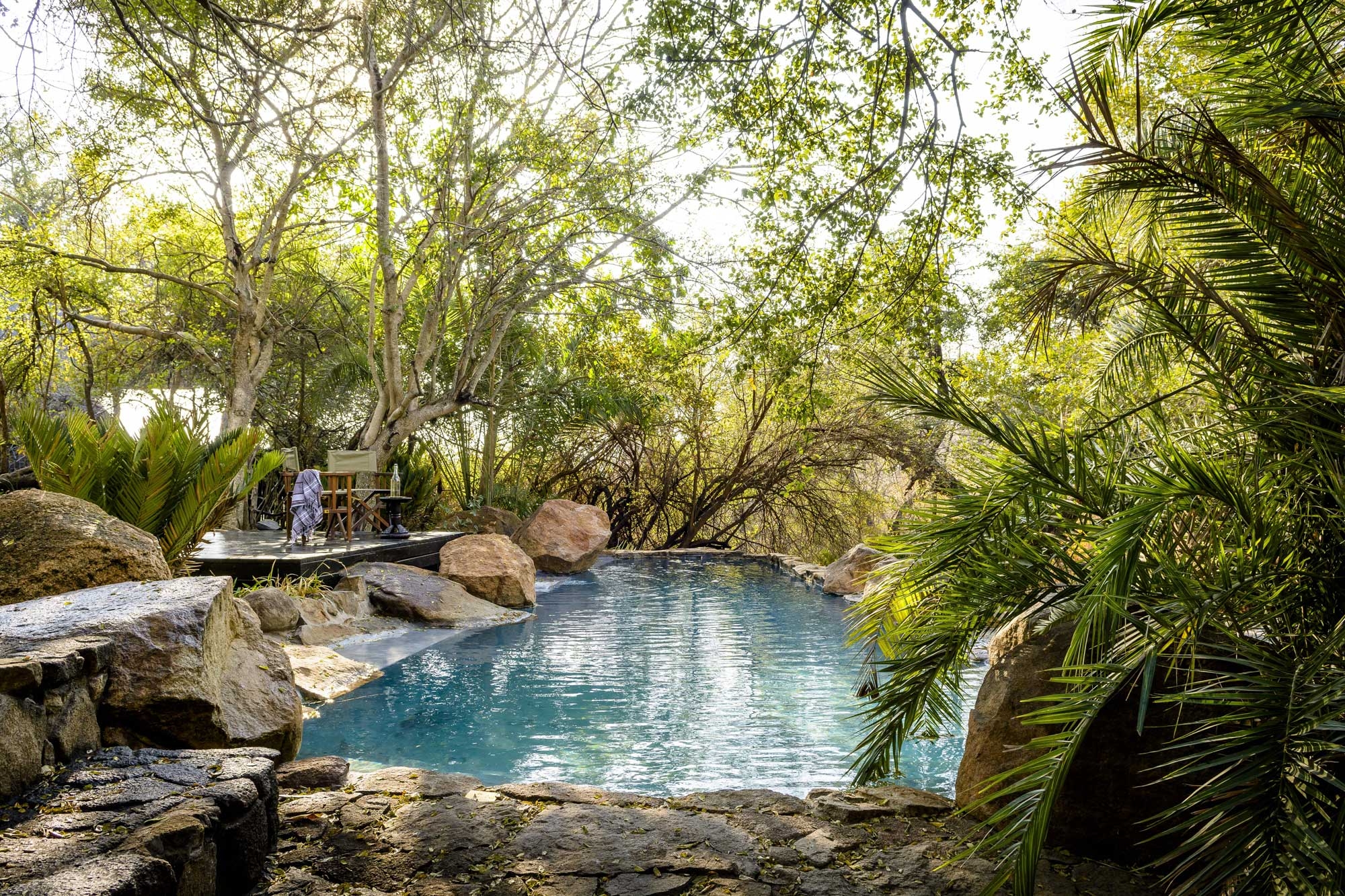
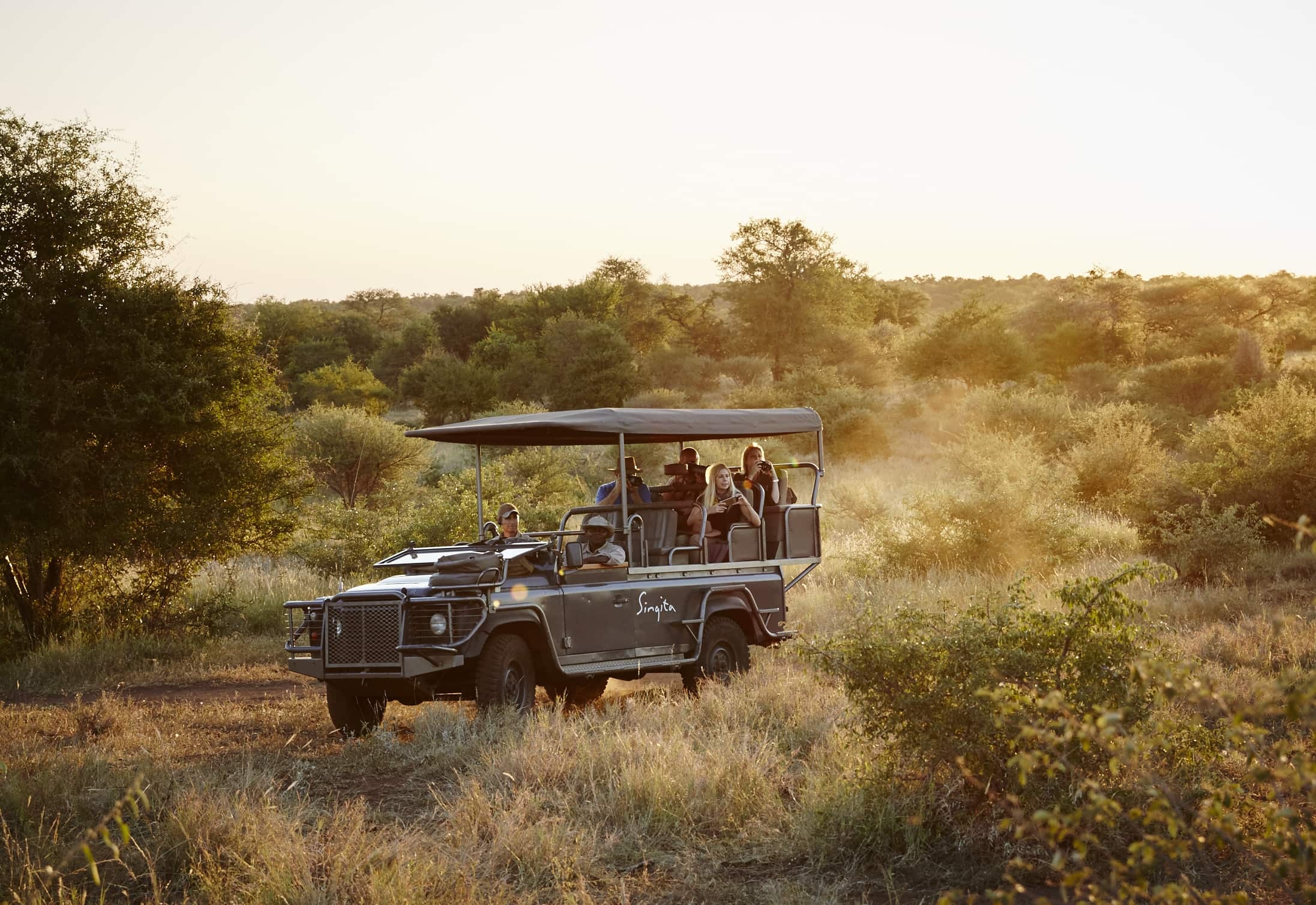
Private and exclusive
Before I ventured to South Africa, I’d envisaged the typical safari experience as racing around trying to get to an animal sighting ahead of countless other vehicles. And while this is the case for many national parks, things are a little more civilised on Singita’s turf. This is sophisticated safari.
You could easily go hours without seeing another person. Here, humans are the minority, far outnumbered by elephants, giraffes, rhinos, lions and leopards. On Singita’s private concessions, the emphasis is on leaving as light a touch as possible on nature, and the intimate size of the lodges ensures this.
Singita is a leading operator when it comes to high end safari experiences and conservation, with its private game reserves protecting more than a million acres. Of course, the private nature of its concessions comes with other perks. Here, Singita sets the rules, so cars can go off-road in search of animals, and night game drives are allowed – things not permissible in places such as the Masai Mara.
On my final game drive in Sabi Sand, the exclusivity and privacy of the experience is particularly striking. We venture to the boundaries of Singita’s land, which is flat, giving us a view for miles across the open plains. All Singita game drives come with a tracker, who sits at the front of the vehicle and assesses footprints and dung to lead us to our sightings. Ours soon spots three adolescent male elephants heading our way. We stop the car and wait. “Let’s see whether they’re interested in us,” Marc, our guide, says.
Guides here have two priorities: to keep guests safe and to protect the animals. To ensure the latter, Singita has an impressive anti-poaching project in place. Marc reiterates the importance of not putting pressure on the animals and wanting them to feel at ease as we roam around their territory and environment.
We sit patiently and are soon rewarded. The trio of elephants continues heading in our direction. They approach our vehicle playfully, coming so close they could easily sniff the contents of the vehicle. For an hour they stay close by, entertaining us with their playful, boisterous antics. This spectacle is enjoyed by just the four of us in our vehicle. It’s our memory, and having the experience to ourselves makes it extra-special.
We head back to Ebony Lodge. On the way, Marc calls ahead, as he has done each evening, to order us our ‘usual’: two Woodstock gin and tonics, which are proudly presented by the waiting staff on our return. It’s the little touches like this that ensure Singita sits at the top of the pile for high-end lodges and impeccable service.
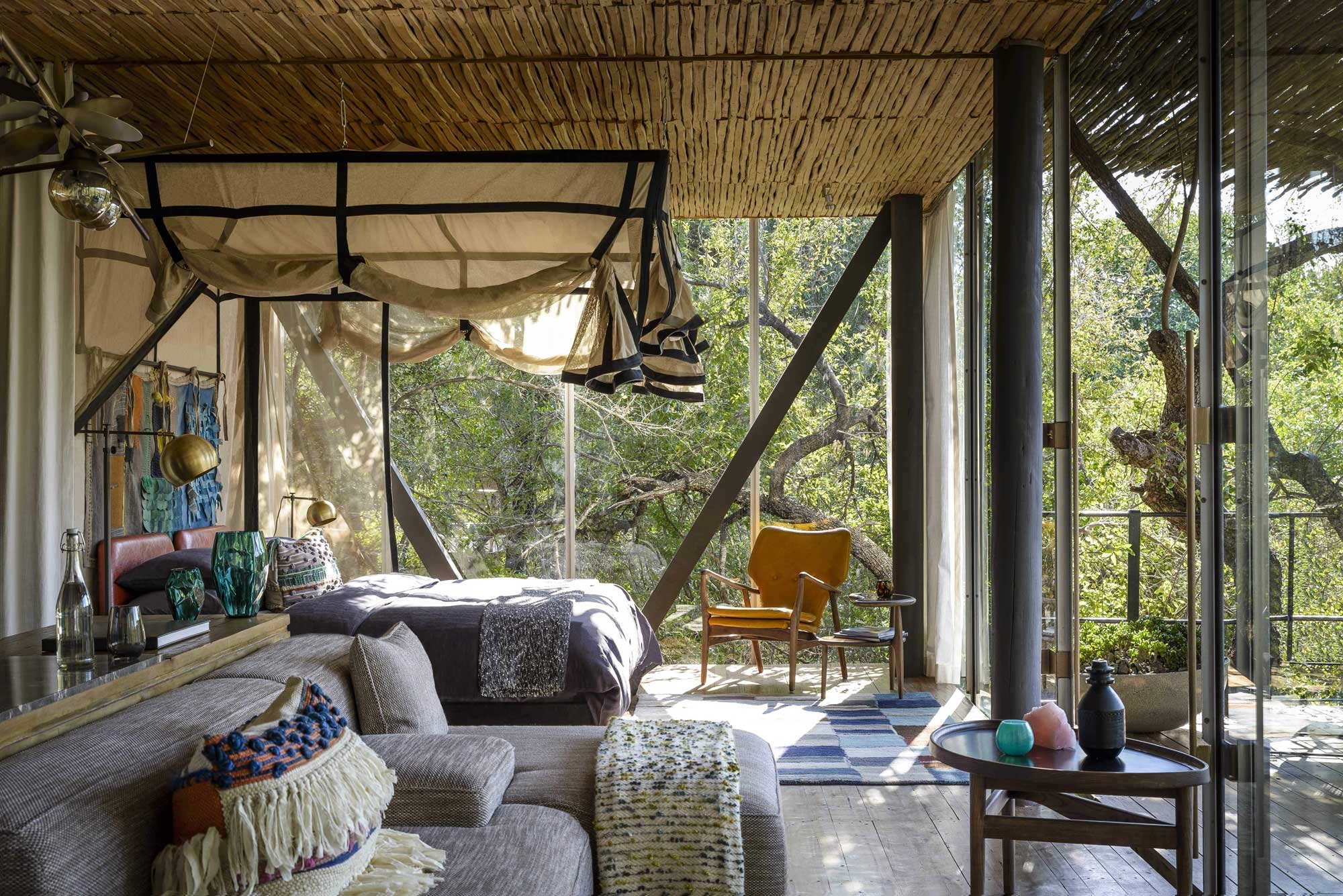

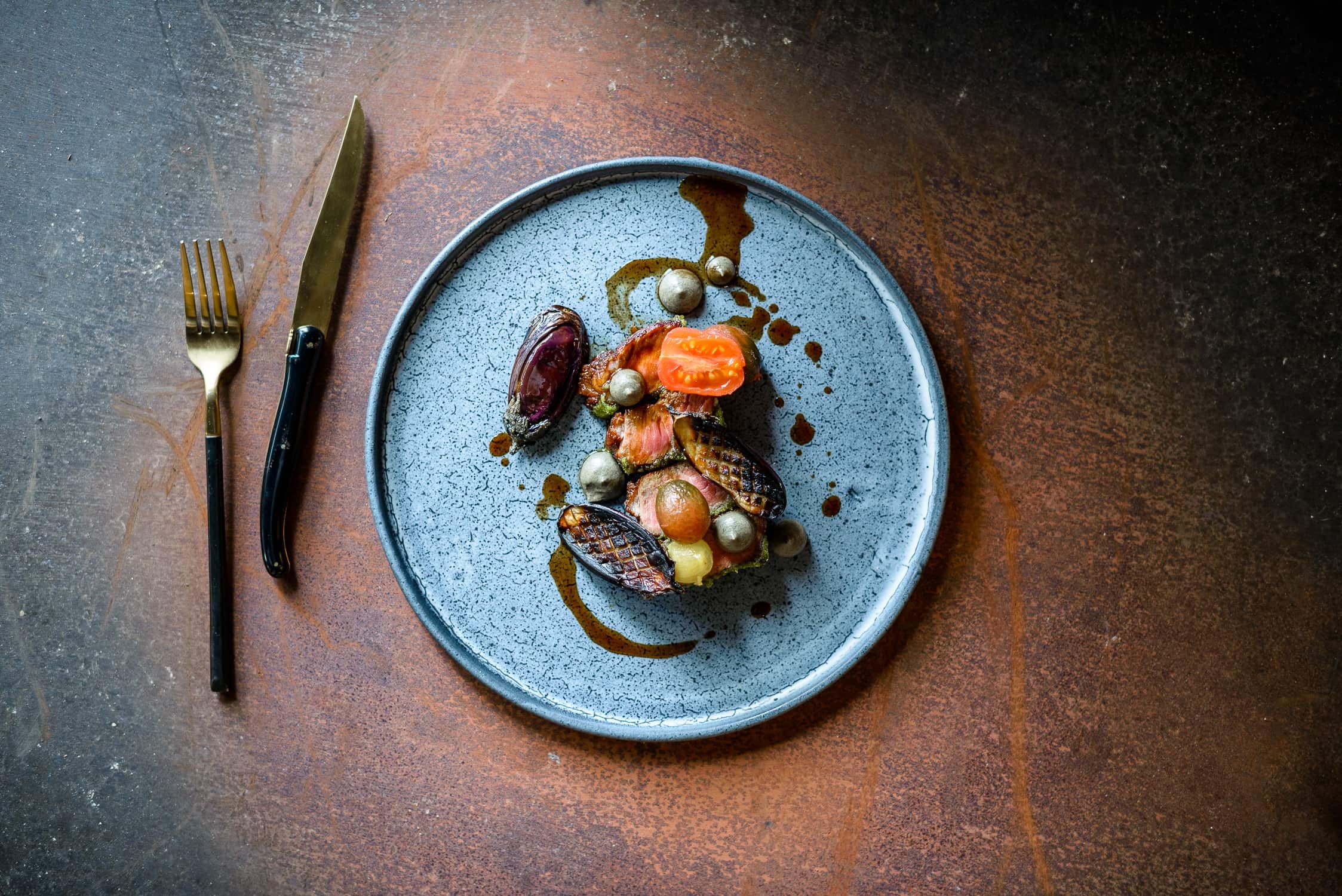

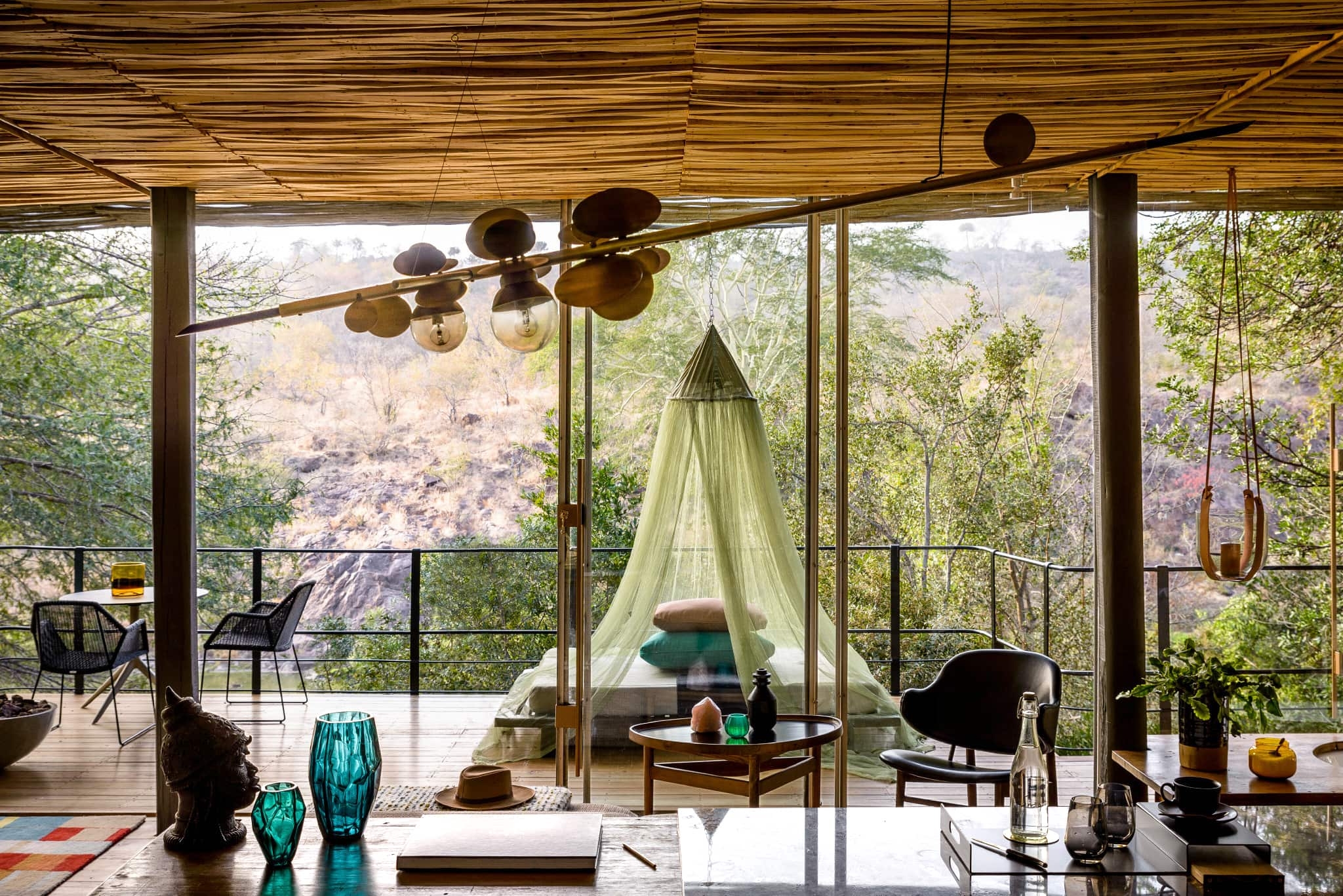
Iconic Kruger
When you think of safari locations, Kruger may well be the first to spring to mind as it’s synonymous with epic wildlife viewings. And that’s where we head next, to another of Singita’s private game reserves. Here, Singita operates two neighbouring lodges, Lebombo and Sweni. We stay at the latter, which recently underwent a huge refurbishment.
We arrive by air, in an eight-seat propeller plane so small that my husband has to sit upfront next to the pilot. Within 20 minutes of landing we’re at the lodge and soon after we’re enjoying our first wildlife encounter at Kruger.
As I sit sipping on a glass of chilled, crisp South African chenin blanc, the staff tell me what to expect from my three-day stay.
The revamp at Sweni Lodge saw each of the six suites and all public spaces redesigned to further embrace African design, with a new brightly coloured contemporary look throughout.
As with all Singita properties, guests here enjoy true five-star standards, with exceptional service and exquisite cuisine served alongside some of the best wines produced in South Africa. The wines in particular will impress even the most hard-to-please connoisseur. Each lodge offers wine-tasting experiences, something I’d highly recommend.
The cuisine throughout the portfolio is another highlight. Eating well isn’t always a given on safaris, but at Singita the offering is simply divine due to a partnership with Liam Tomlin, the creator of Cape Town favourite Chefs Warehouse.
Of course, while the cuisine at the lodges was impressive, snacking in the bush on our evening sundowners is what I’ll remember more. Biltong, gin and tonics, and a burning red sunsetting sky will forever be etched in my memory.
That, and the intense gaze I held with a three-year-old leopard.
Book it:
Rates at Sweni Lodge start at £1,265 per person per night. The new pool suite leads in at £1,517 per person per night. Rates at Ebony Lodge start at £1,300 per person per night, while the top option, the impressive Ebony Villa, costs from £9,800 per night. All prices are full-board and include twice-daily game drives and transfers from the airstrip.
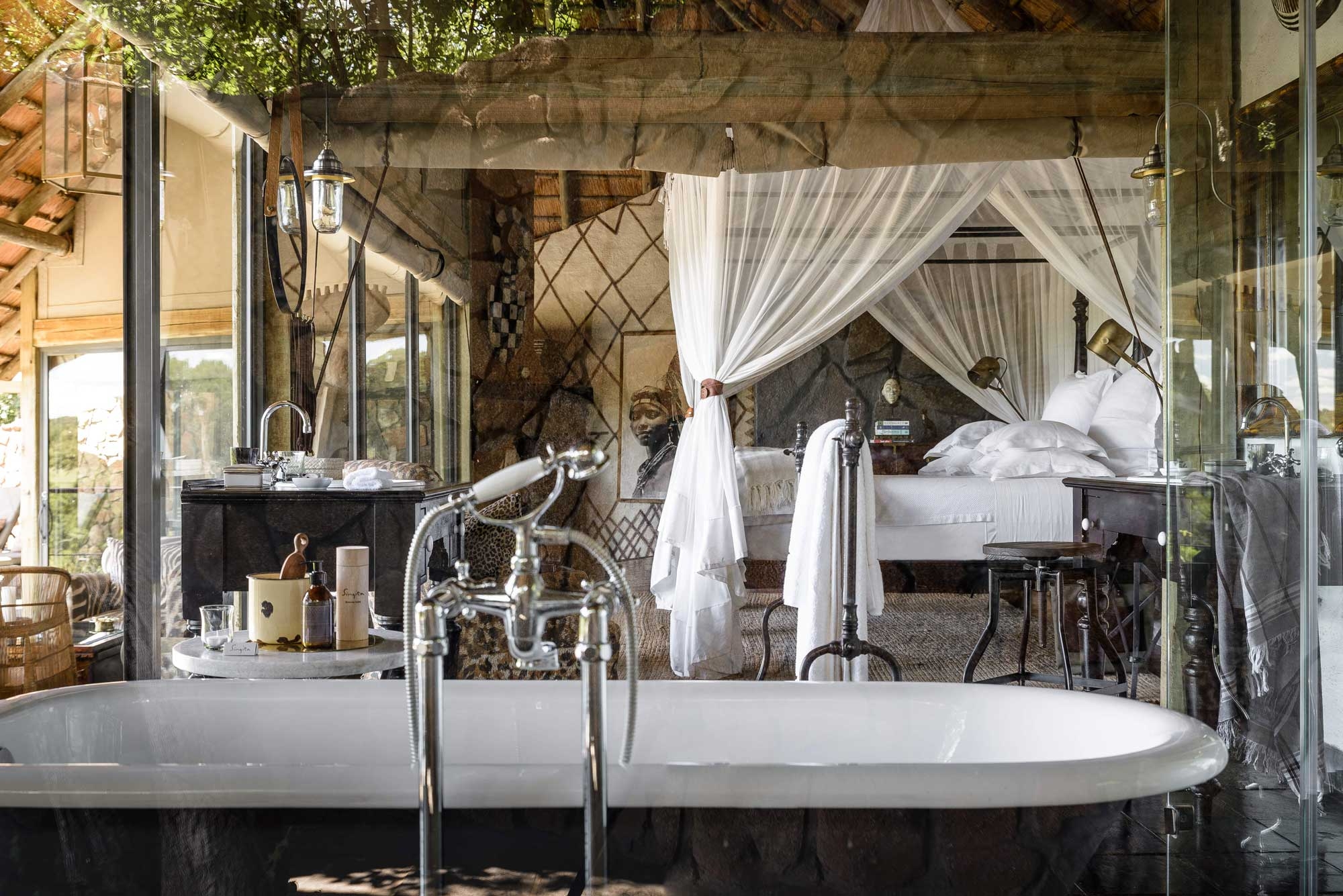
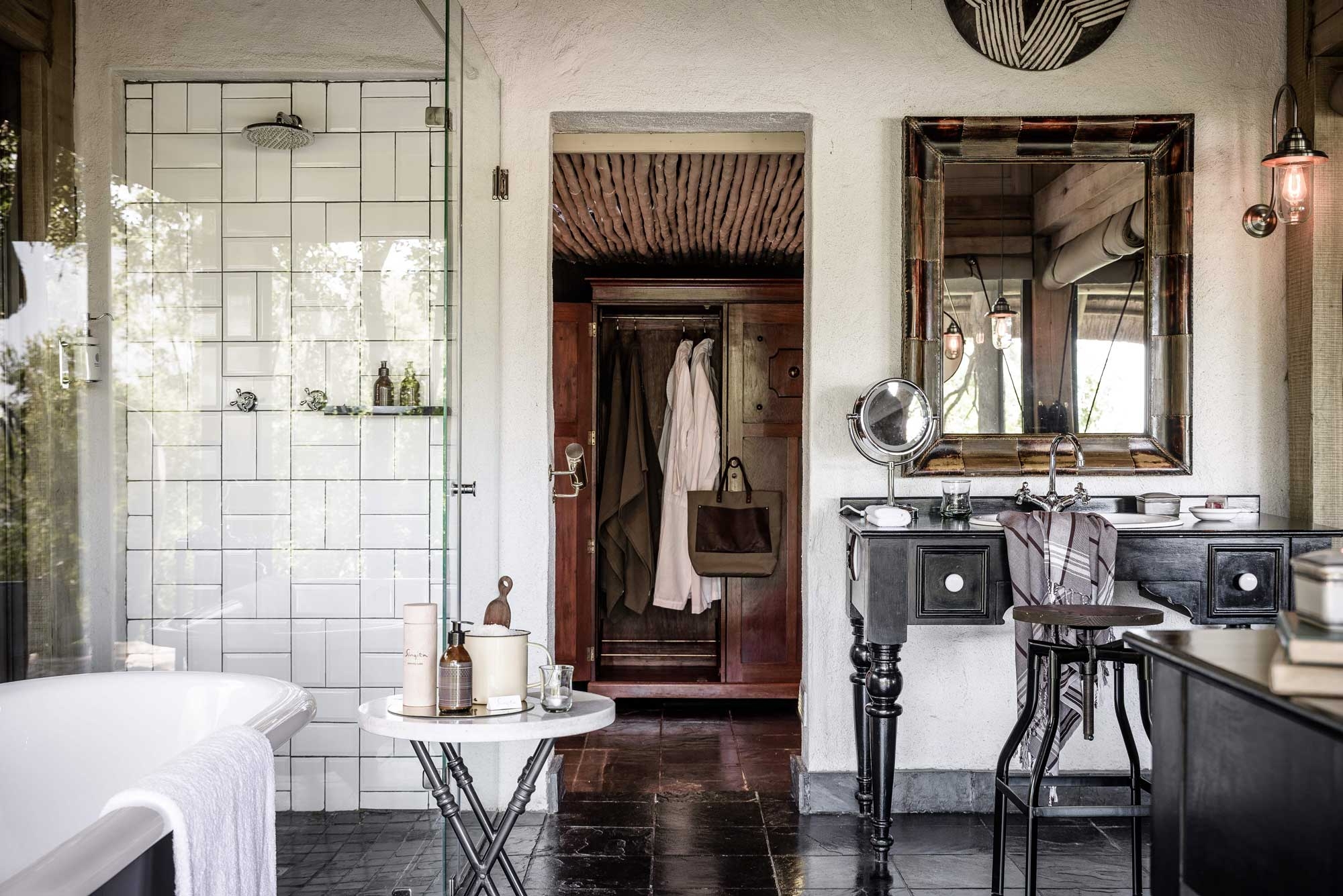
Ebony Lodge, Sabi Sands
The original Singita lodge opened its doors in 1993. Fast forward 25 years and Ebony Lodge is still the most traditional lodge in the brand’s 12-property portfolio. The property is one of three located in Singita’s Sabi Sands Private Game Reserve, alongside 12-suite Boulders and the incredible exclusive-use Castleton House (suitable for groups of up to 12).
Located by the Sand River, Ebony is where people go when they want to see cats, as the surrounding area is a playground for leopards. Ebony has 12 suites, each designed with a traditional look and feel. All suites boast private plunge pools. Eight of the suites are suitable for couples, four are suitable for families and one larger villa comprises two family suites. The latter, called Ebony Villa, can comfortably accommodate four adults and four children aged under 12 or up to six adults and teenagers. It comes with a private chef and waiter. The lodge is outstanding, but it’s the staff that are its best asset. Photography fans will enjoy seeing camp guide Ross Couper in action; he’s made a name for himself on social media for his incredible photography, which is sold in many of Singita’s lodges.
singita.com
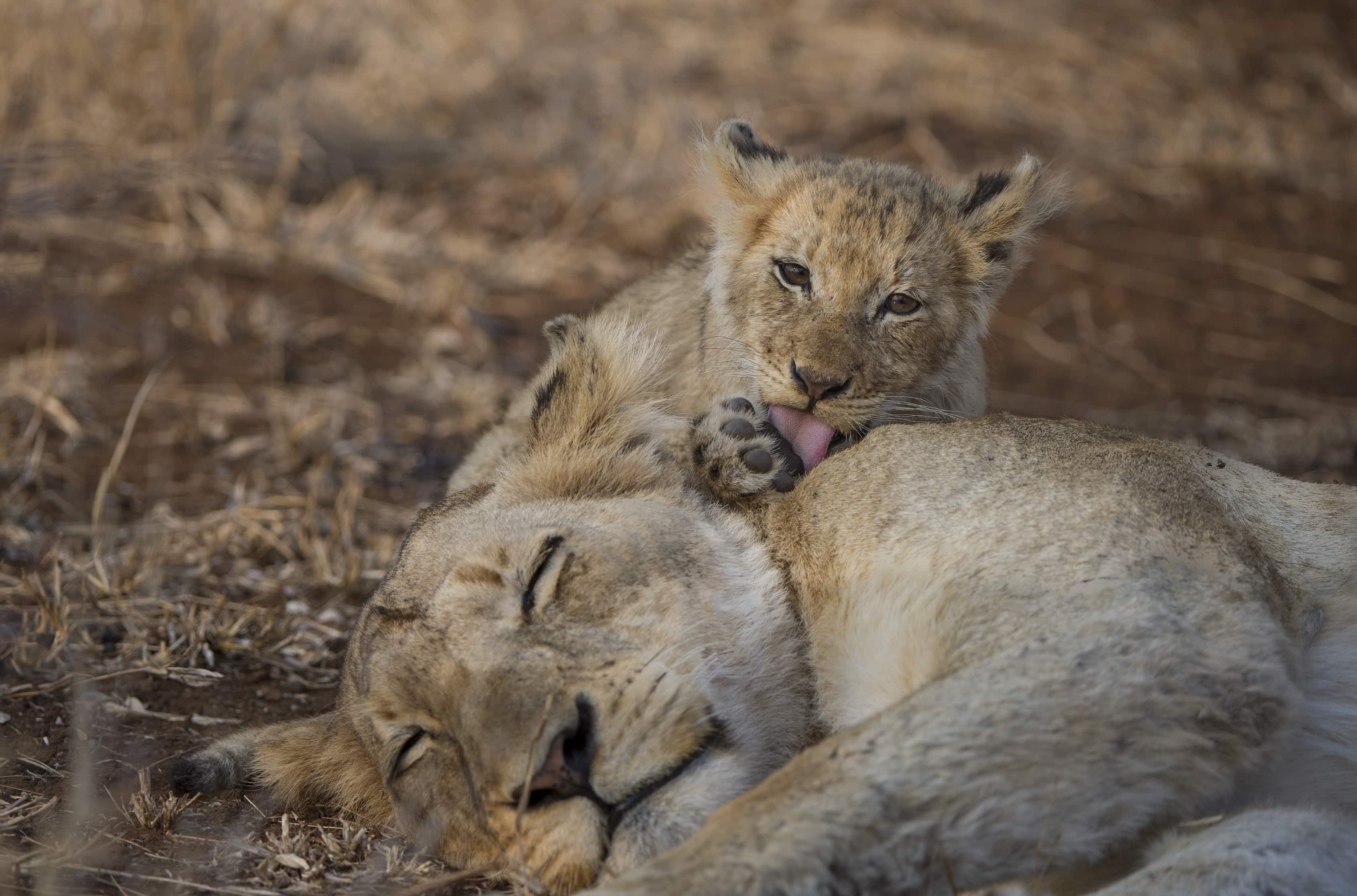
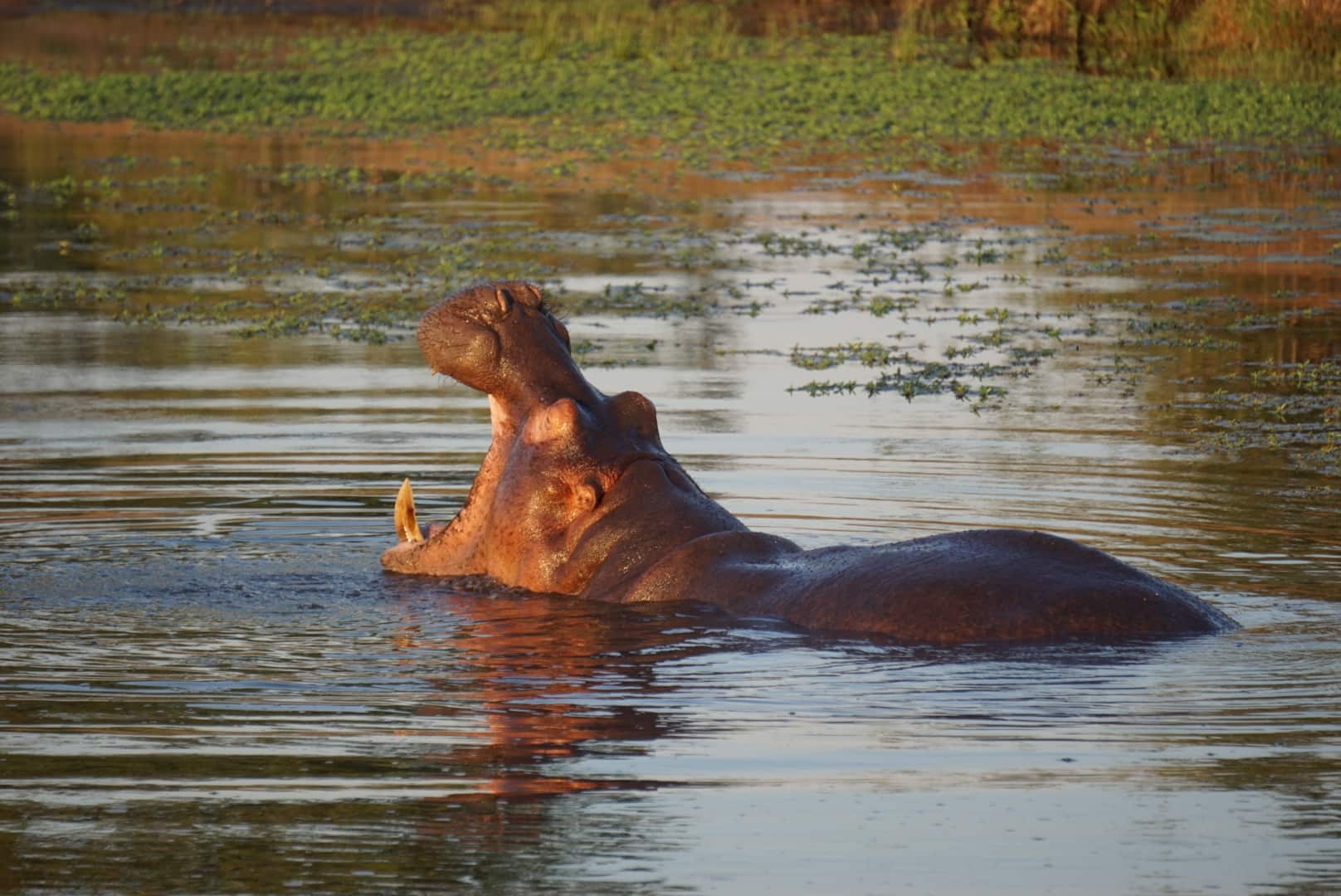
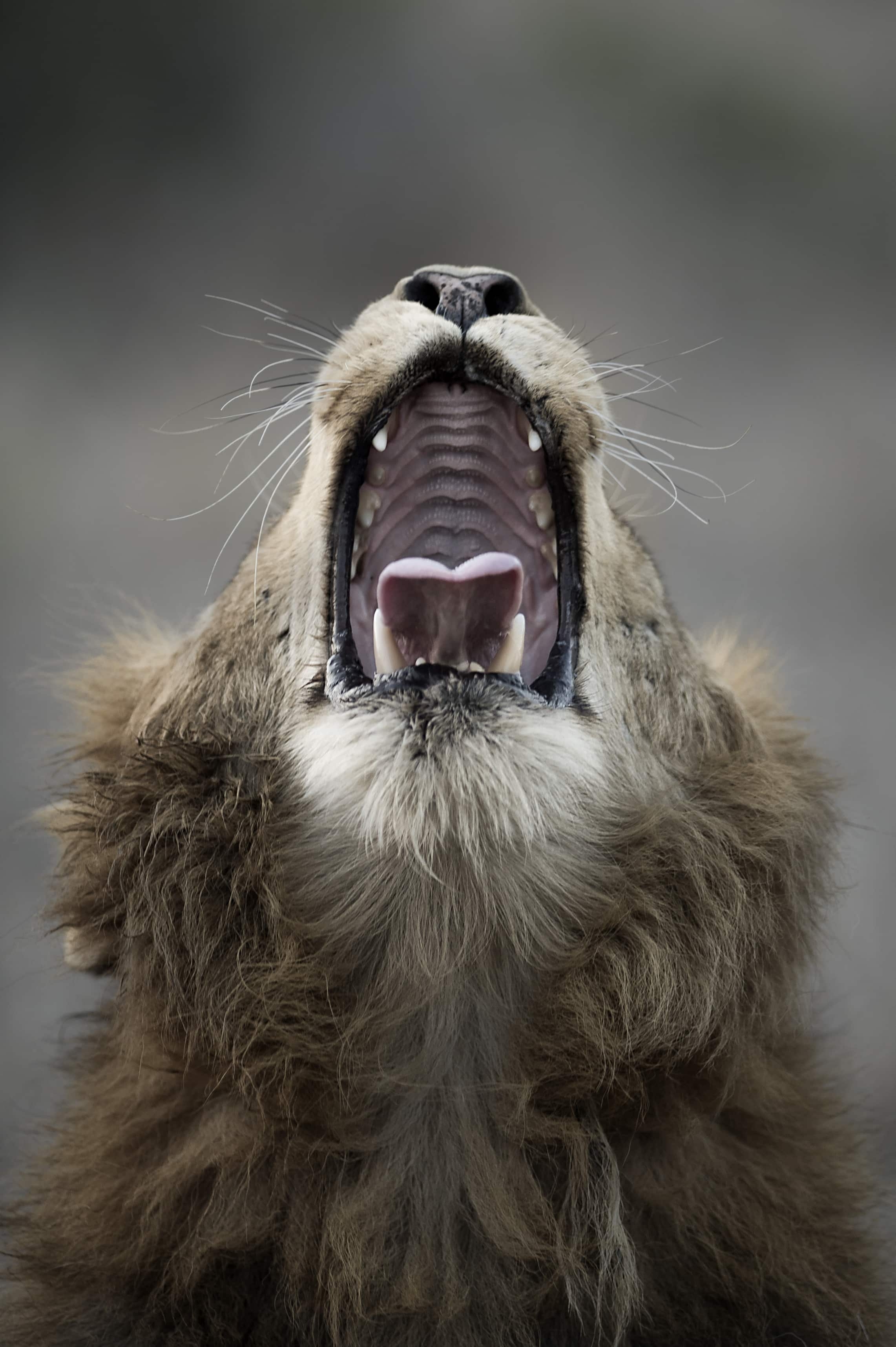
4 wildlife photo tips: Singita guide and photographer Ross Couper reveals his top tips for capturing animals while on safari
- Know your gear: Get familiar with your equipment before a trip. I have seen many safari guests arrive armed with a brand new camera but unfamiliar with its technical attributes, and they miss opportunities due to not being prepared. Bring spare memory cards and batteries.
- Lenses: Wild animals are particularly active in the crepuscular hours (dawn and dusk) and these golden hours can be the best time to capture them. In these low-light conditions, a low-aperture lens is ideal – the lower the better. My go-to lens in most conditions is a 300mm f/2.8 or my 70-200mm f/2.8.
- Depth of field: One technique that many photographers use to add a ‘wow factor’ to their images is to shoot with a shallow depth of field to isolate their subject. Elements in the background (and sometimes the foreground) that are out of focus create a lovely blur.
- The experience: Most importantly, don’t look through a viewfinder for your entire trip. Remember to look up and absorb everything about the safari experience.



